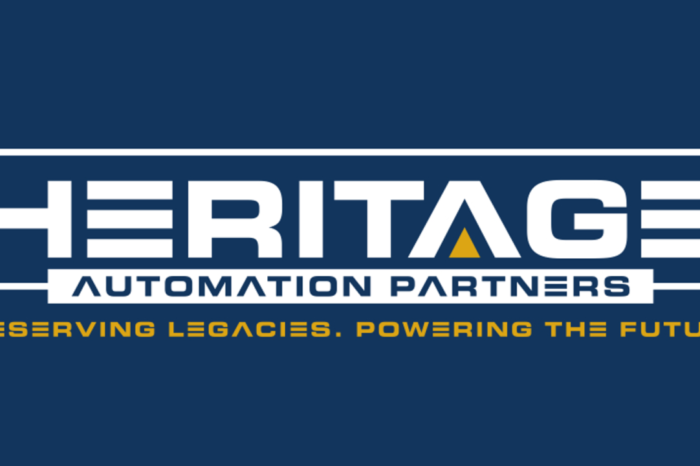Some Tech Decisions Need Amnesty
 Are you thinking about technology investments but just aren’t sure or ready to pull the trigger?
Are you thinking about technology investments but just aren’t sure or ready to pull the trigger?
Gregory A. Smith, CEO of G Group Holdings, and whom many remember as EVP for Granite City Electric Supply and as VP Strategic Accounts and Partnerships for SPARXiQ, talks to many distributors about technology productivity and profitability. Inevitably the topic of technology to address issues arises. And while everyone wants to improve, when the topic of technology is discussed, the discussion slows! Committees become involved. IT needs to be consulted (and frequently they have veto power) and the fear of investment takes hold (and yes, part of the issue is probably the tech company’s ROI projection is fanciful as it forecasts perfect adoption and utilization.)
The conundrum of “wanting improvement” but investment (and decision) paralysis is not unusual. Companies are risk averse (and staffing concerns add to the reasons to not prioritize new technology.)
Greg shares his perspective on what ails many distributors when they consider technology.
The Unseen Competitor in Distributor Digital Adoption – Inaction – and the Need for Decision Amnesty.
“Or maybe this article should be titled “Why most distributors will not adopt AI as part of their digital business model?”
In the ever-evolving landscape of business technology, one thing is abundantly clear—our biggest competitor is often not choosing which software to consider implementing but rather, inaction itself. Recently I caught up with friends, both professionals in software development and business consultancy and one recurring term surface as we were commiserating about selling software to distributors … inaction. Yes, perpetual decision paralysis. Inertia is a software company’s biggest competitor.
We came to the conclusion that there is a need for Amnesty.
Let’s unpack this.
The Paradox of Risk-Aversion & Status Quo
For most organizations, the decision-making process for implementing new software, or AI solutions, is wrapped in multiple layers of scrutiny, analysis, and often hesitation. Essentially the issue gets to “change”. From a current process to something where software will help or from one software system to another.
While due diligence is imperative, the internal culture often penalizes teams for taking risks (and yes, change entails taking risks). The fear of negative repercussions for a failed software implementation—be it reputational damage, financial loss, or decreased team morale—creates a paralysis through analysis.
On the other hand, sticking to the status quo—no matter how archaic, ineffective, or financially draining it may be—comes with zero accountability or repercussions. This paradox perpetuates inertia and squanders opportunities for advancement, leaving significant money on the table.
The Concept of Decision Amnesty
By amnesty, I mean creating a culture that allows decision-makers and their teams a “safety net” to experiment and possibly fail without severe penalties. This amnesty provides psychological security for teams to employ their best judgment in selecting and implementing new solutions. It also helps counterbalance the unconscious bias toward maintaining the status quo.
Amnesty should not be a loophole to bypass due diligence; rather, it’s a framework that enables calculated risk-taking. Within this framework, processes should be in place for regular checks and controls, ensuring that the deployment of new technology aligns with company objectives and brings in either process efficiencies, cost savings, or ideally, both.
And if you want a culture of innovation you have to allow for amnesty as synonymous with innovation is risk … not everything will work as planned.
The Cost of Inaction
As an experienced business consultant focusing on enhancing processes to drive revenue and profitability, I can attest that the cost of doing nothing often exceeds the cost of making a ‘wrong’ decision. Inaction leads to stagnation and lost competitive advantage. This could be a death knell for organizations that fail to innovate in the digital age.
Final Thoughts
It’s time to recognize that inaction is the hidden competitor we need to outmaneuver. We need a culture shift that encourages a balance between prudence and innovation. A balance that promotes decision amnesty, minimizes the fear of failure, and unlocks the potential of what our teams can achieve.
I would be extremely interested in hearing your perspectives on this topic. Have you encountered a similar culture of inaction in your organizations?
How do you suggest companies should provide ‘amnesty’ for teams willing to innovate? Within your company, is calculated risk taking publicly encouraged and rewarded?”
Gregory A Smith @ Patternology.ai a division of G Group Holdings.
Wondering what Patternology is? Patternology® focuses on leveraging artificial intelligence and machine learning to optimize pricing strategies for businesses. Our proprietary algorithms, collectively known as “PatternBrain™,” aim to adapt your pricing model for the most profitable outcomes. The technology identifies product segmentation to enhance current pricing solutions.
In summary, Patternology® aims to transform businesses by providing AI-driven pricing and product clustering solutions, thereby enhancing profitability and customer satisfaction.
Takeaways
- To Greg’s point, no decision is a competitor to software companies. Inertia wins a significant percent of technology deals. Why? Because the pain isn’t high enough so that management says “We will be making a change.” Further, companies are challenged in finding a way to answering “how do we say “yes”?”
- Change = work. Status quo is easier for most.
- The question becomes, “what is the value of the lost opportunity?”
- And Greg is correct when he comments that, for many companies, it is a culture issue. Risk avoidance. Conflict avoidance. Inability to get consensus (can’t someone make a decision?)
While technology companies believe that the CFO is the ultimate decision maker because they “control” the budget, there are many within a company that can derail any decision being made.
Perhaps companies need to empower their people to commit to investments less than $X (and the X changes by size of company and organizational impact) but, sometimes you need to take risks to move forward (and yes, the tech company needs to propose a viable implementation plan in advance.)























